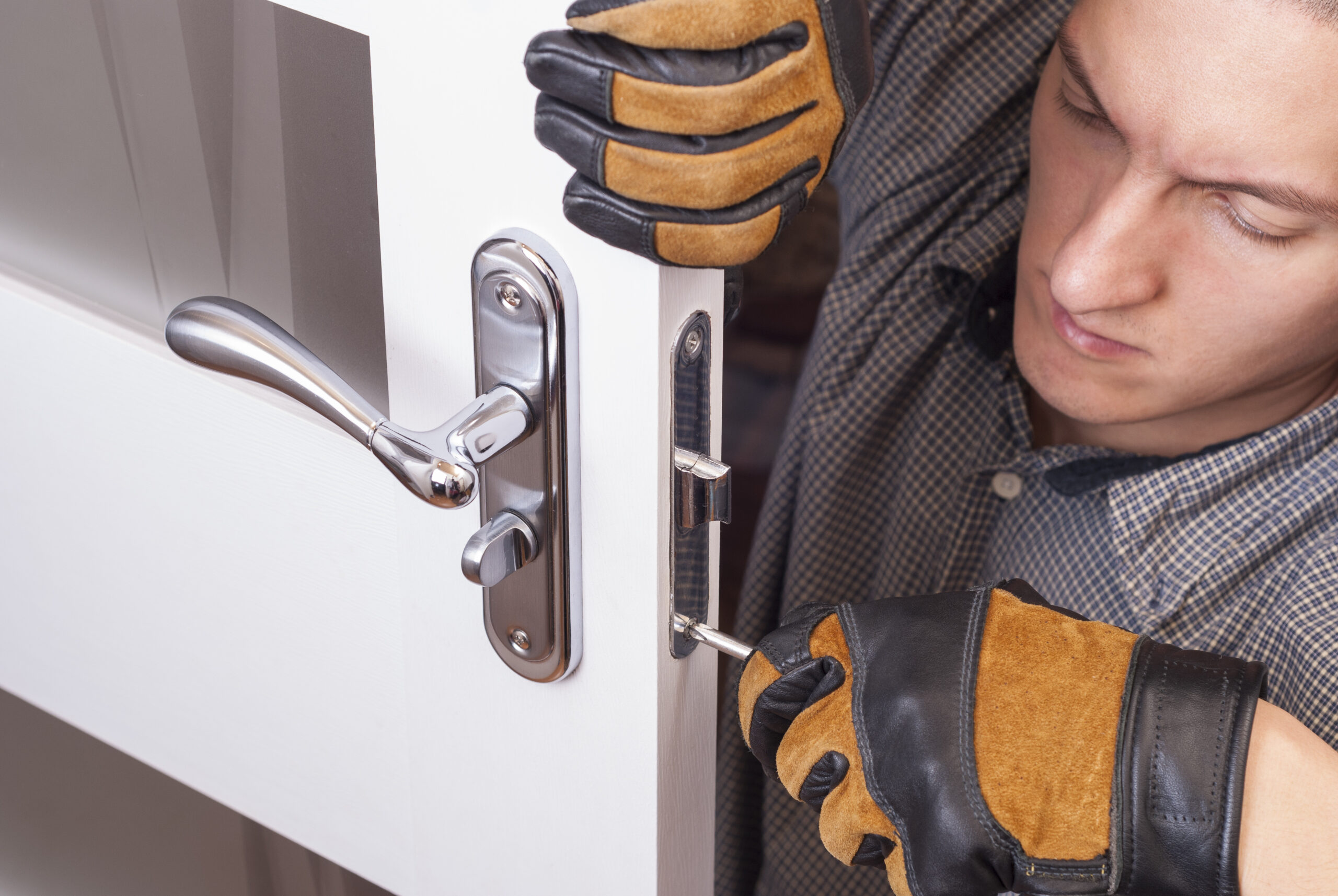Common Lock Problems
As much as we rely on locks to keep our homes and businesses secure, they can occasionally give us trouble. Whether it’s a sticky keyhole or a stubborn deadbolt, dealing with lock issues can be frustrating. However, many common lock problems can be resolved with a few simple DIY fixes. In this guide, we’ll explore some of the most typical lock issues and provide practical solutions to help you regain access and restore security.
Sticky or Jammed Locks
One of the most common lock problems is when the key gets stuck or is difficult to turn in the lock. This can happen due to a buildup of dirt, debris, or rust inside the lock mechanism. To fix this issue:
– Start by spraying a small amount of lubricant, such as WD-40, into the keyhole.
– Insert the key and gently jiggle it to distribute the lubricant and loosen any stuck pins.
– Turn the key slowly to see if the lock begins to operate smoothly.
– If the problem persists, try cleaning the lock with compressed air.
Misaligned Door Latches
Sometimes, the door latch may not align properly with the strike plate, causing the lock to jam or fail to latch securely. To realign the door latch:
– Loosen the screws on the strike plate slightly to allow for adjustment.
– Shift the strike plate slightly to align it with the latch.
– Tighten the screws securely and test the lock to ensure it latches smoothly.
Broken Key in the Lock
Breaking a key inside the lock can be a frustrating experience, but it’s not the end of the world. Here’s how you can remove the broken key:
– Use needle-nose pliers or tweezers to carefully grasp the broken key fragment.
– Gently pull the key fragment straight out of the lock.
Loose Door Handles or Knobs
Over time, door handles and knobs can become loose, making them difficult to operate or causing the latch to misalign. To tighten loose door handles:
– Locate the screws on the interior side of the door handle or knob.
– Use a screwdriver to tighten the screws clockwise until the handle feels secure.
– Test the handle to ensure it operates smoothly and the latch engages properly.
Frozen Locks
In colder climates, locks can freeze due to moisture buildup or extreme temperatures. To thaw a frozen lock:
– Apply heat to the keyhole using a hairdryer or heat gun on a low setting.
– Use a de-icer spray or rubbing alcohol to melt any ice or frost inside the lock.
– Once the lock is thawed, insert the key and gently turn it to operate the lock.
By following these simple DIY fixes, you can troubleshoot common lock problems and restore security to your home or business without the need for professional assistance. However, if you encounter more complex issues or are unable to resolve the problem on your own, don’t hesitate to contact a reliable locksmith for expert assistance. Remember, maintaining your locks regularly and addressing issues promptly can help prevent more serious problems in the future.
